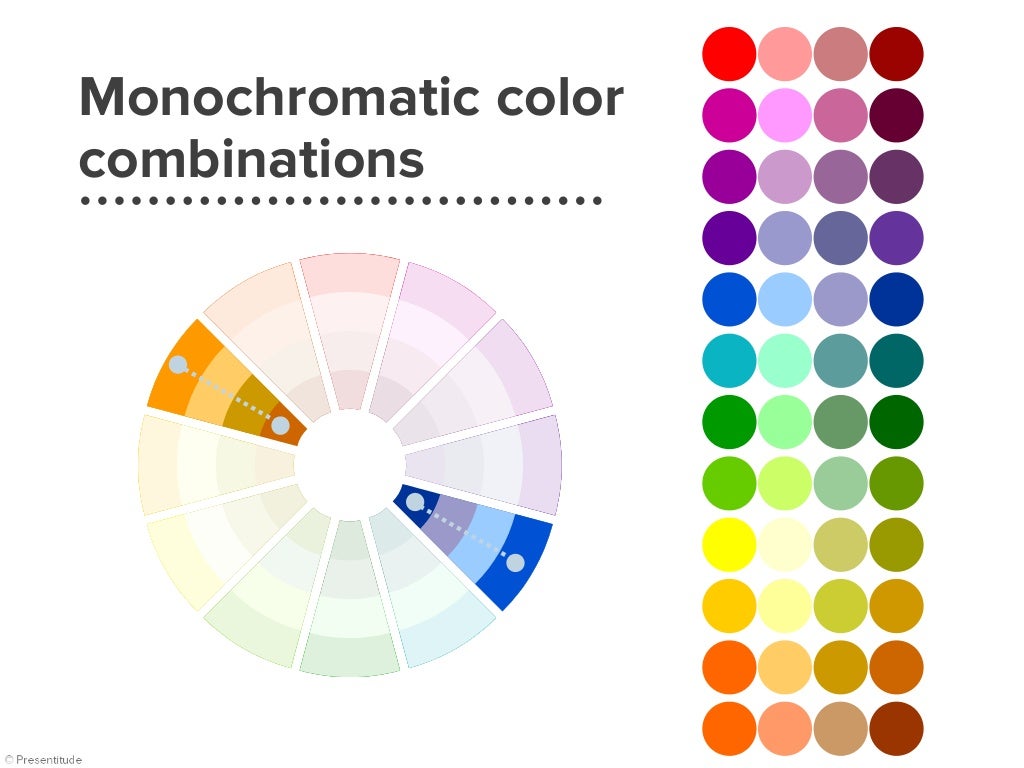

In spite of the fact he has sneaked in a few other colors, this is still considered a Monochromatic painting. Even though these other colors are barely noticeable at first glance, they subconsciously keep the solitary color from being boring. He has also added a few lines of the Analogous color Green. This has the effect of enlivening the surface and moving the eye around. If you notice, he's added very discreet touches of Red/Orange, which is the Complementary color of Blue/Green. The resulting effect is quiet and serene.īut, there's a reason, he is considered a master painter. Instead of strict divisions of color changes, he has expertly blended his Blue/Green in a very broad and sensuous range of Tints, Tones and Shades. Diebenkorn has used one Blue/Green paint color, similar to the textile sample. This is a gorgeous example of a Monochromatic Color Scheme. Now let's take a look at the painting above by American Master, Richard Diebenkorn from his 'Ocean Park Series'. It's amazing how far this limited range of Values and color Saturations can take you.
MONOCHROMATIC COLORS PLUS
Obviously, adding black has the effect of both darkening the Value and making the Hue less Saturated.įinally, even if you only have one tube of paint, plus Black and White in your paint box, you can create beautiful paintings that are calming and quiet. The shade of color is varied by changes made to the saturation and/or brightness of the base color. Tiny amounts of Black were added to create Shades. The mixtures are clear, dark and bold with an underlying warmth of Orange. A monochromatic color scheme is a color palette in which a single color tint is used as the basis for all shades and hues found within the image. Therefore your mixture still contains the same underlying Hue, but is now a less intense Tone. On the other hand the Saturation is increasingly reduced as you add more Gray. This will be the same no matter how light or dark your Gray is. Conversely, if you use a Light Gray, your Tones will be light. So that means if you use a Dark Gray, your Tones will also be dark. It will be very close in lightness or darkness to the Value of the Neutral Gray you mix it with. It should be pointed out here, the original Hue color that you mix with Neutral Gray will not change in Value much.

Again, the resulting range of Mid-Tone colors are softened yet subdued. This time, the Orange was mixed in to a Neutral Gray which I made with White plus Black. In other words, the White has the effect of altering both the Values,(light to dark) and the Saturation (bright to dull) of the Orange. The result are very softened pastels from nearly White to barely Tinted Orange. The Cadmium Orange was ever so gradually added to the White.


 0 kommentar(er)
0 kommentar(er)
